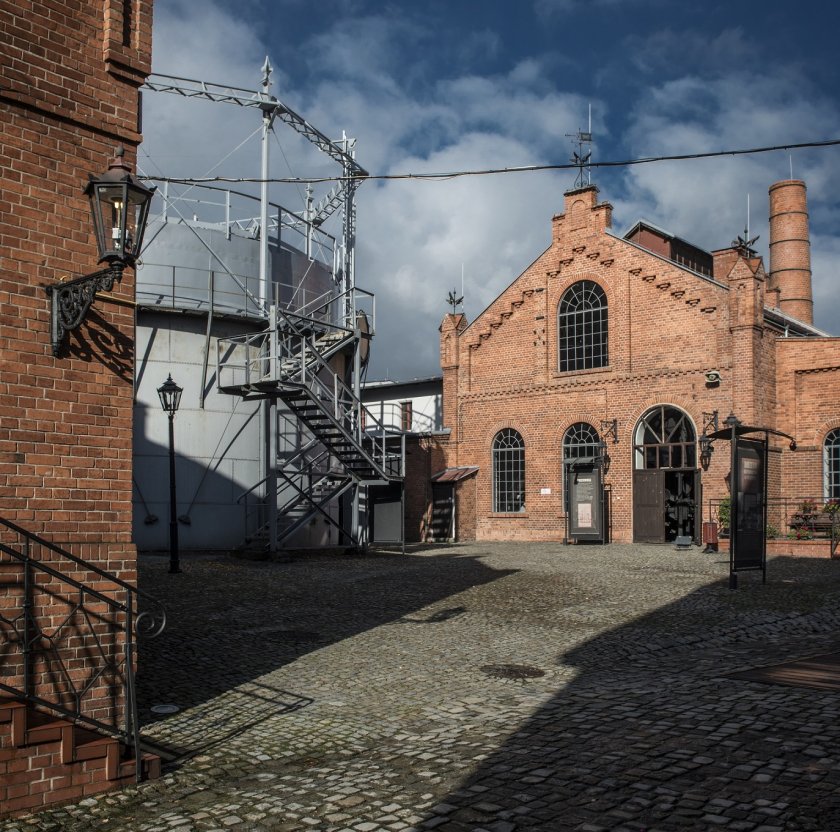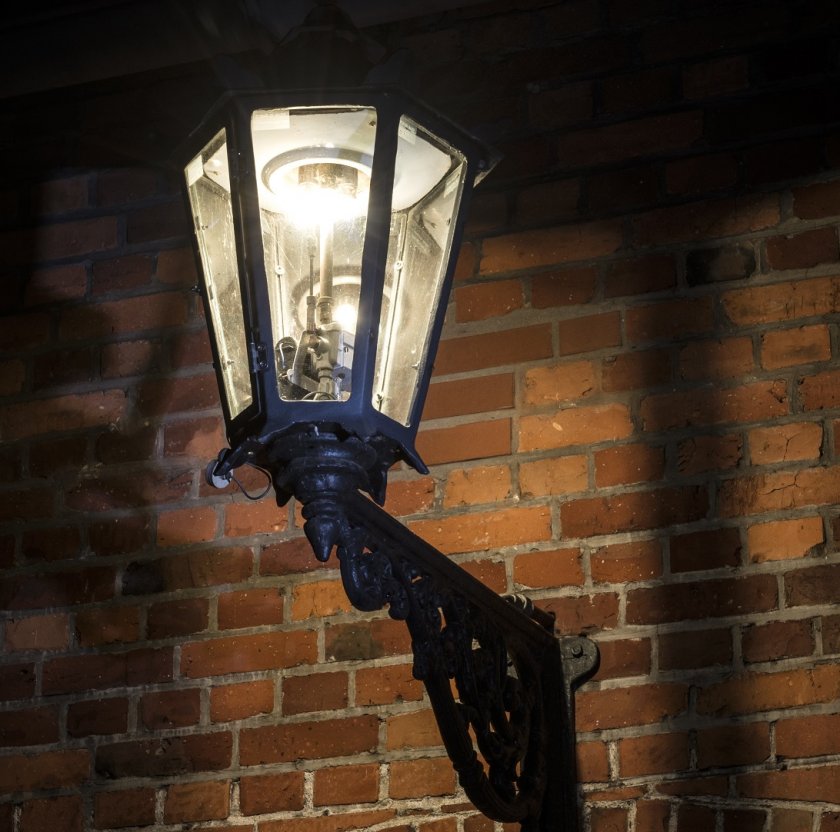A postcard from half a century ago – the operation of a traditional gasworks
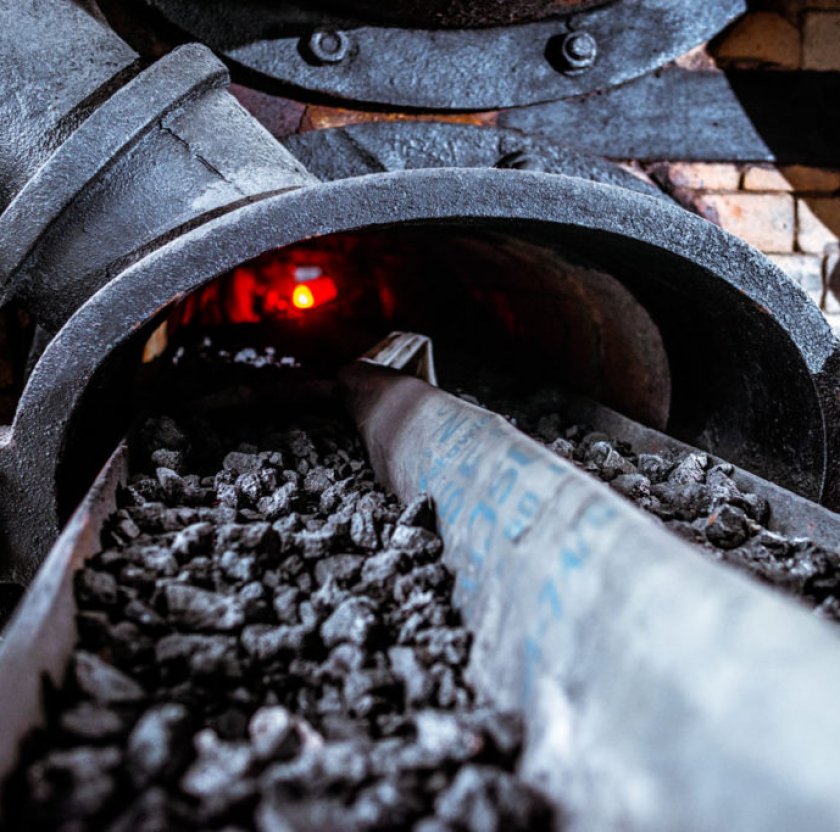 Fot.
Fot.
Is it possible to illustrate the functioning of a traditional gasworks using Paczków’s example?
Paczków had one of the smaller gasworks in the Polish lands; it was quite an old type of plant. At its heart were horizontal retort furnaces, in which, at extremely high temperatures reaching 1200 degrees Celsius, gas was obtained from hard coal, which was brought to the plant from mines located in Silesia. The gasworks was erected in the very centre of Paczków, and the work done inside was not easy. The plant generated gas exclusively for the town, rather than for industrial purposes. Initially, the gas was used to illuminate the town with street gas lamps, and later it was also supplied to individual households in order to provide fuel to gas stoves, and to a lesser extent also bathroom water heaters.
Paczków had one of the smaller gasworks in the Polish lands; it was quite an old type of plant. At its heart were horizontal retort furnaces, in which, at extremely high temperatures reaching 1200 degrees Celsius, gas was obtained from hard coal, which was brought to the plant from mines located in Silesia. The gasworks was erected in the very centre of Paczków, and the work done inside was not easy. The plant generated gas exclusively for the town, rather than for industrial purposes. Initially, the gas was used to illuminate the town with street gas lamps, and later it was also supplied to individual households in order to provide fuel to gas stoves, and to a lesser extent also bathroom water heaters.
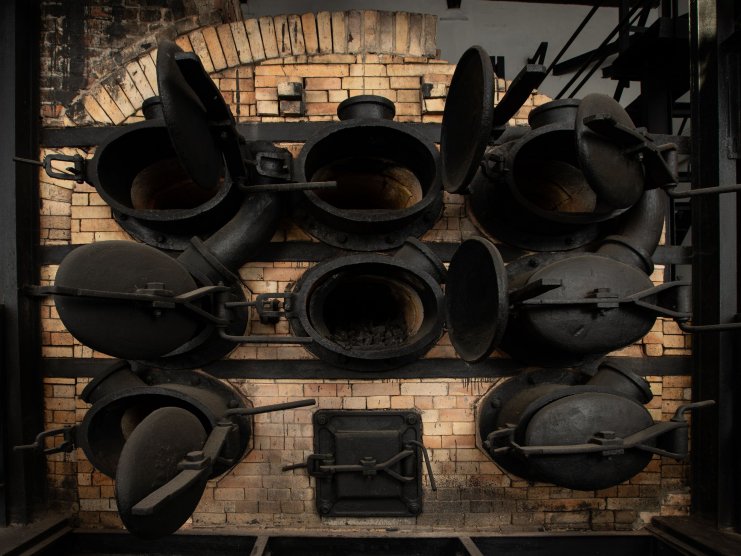
What exactly was the process of generating gas from hard coal?
The production process consisted of dry distillation of hard coal. In air-tight retorts, coal was heated to extremely high temperatures of up to 1200 degrees Celsius. On releasing vapour-phase compounds, the gas escaped into the cleaning installation through the ascension pipes.
The gas produced at such high temperatures was contaminated and needed to be purified. If the gas was released to the network in its polluted form, end consumers would have been forced to regularly clean their equipment, and the same would have applied to industrial networks. The gas was contaminated with tar, ammonia, naphthalene and hydrogen sulphide, while on combustion it released an unpleasant odour and toxic volatile components.
The production process consisted of dry distillation of hard coal. In air-tight retorts, coal was heated to extremely high temperatures of up to 1200 degrees Celsius. On releasing vapour-phase compounds, the gas escaped into the cleaning installation through the ascension pipes.
The gas produced at such high temperatures was contaminated and needed to be purified. If the gas was released to the network in its polluted form, end consumers would have been forced to regularly clean their equipment, and the same would have applied to industrial networks. The gas was contaminated with tar, ammonia, naphthalene and hydrogen sulphide, while on combustion it released an unpleasant odour and toxic volatile components.
On the completion of the cleaning process, the gas was sent to a gas holder (Paczków Gasworks had two such storage tanks) and later delivered to the recipients.
How many employees were there in Paczków Gasworks and what positions did they hold? From what you are telling us, the work which had to be done on a daily basis was quite difficult.
The gas plant in Paczków, in addition to manual workers, employed managers and the chief engineer. Each shift at the plant required the presence of two furnace workers. Without a doubt, their work was exhausting and required a lot of strength. It was also very damaging to their health, as the workers had to breathe in toxic compounds of gas and the dust that was created when the coal was loaded into the furnace. The plant also employed installers of gas pipelines, which also maintained the gas network and carried out various tasks within the premises of the gasworks.
How many employees were there in Paczków Gasworks and what positions did they hold? From what you are telling us, the work which had to be done on a daily basis was quite difficult.
The gas plant in Paczków, in addition to manual workers, employed managers and the chief engineer. Each shift at the plant required the presence of two furnace workers. Without a doubt, their work was exhausting and required a lot of strength. It was also very damaging to their health, as the workers had to breathe in toxic compounds of gas and the dust that was created when the coal was loaded into the furnace. The plant also employed installers of gas pipelines, which also maintained the gas network and carried out various tasks within the premises of the gasworks.
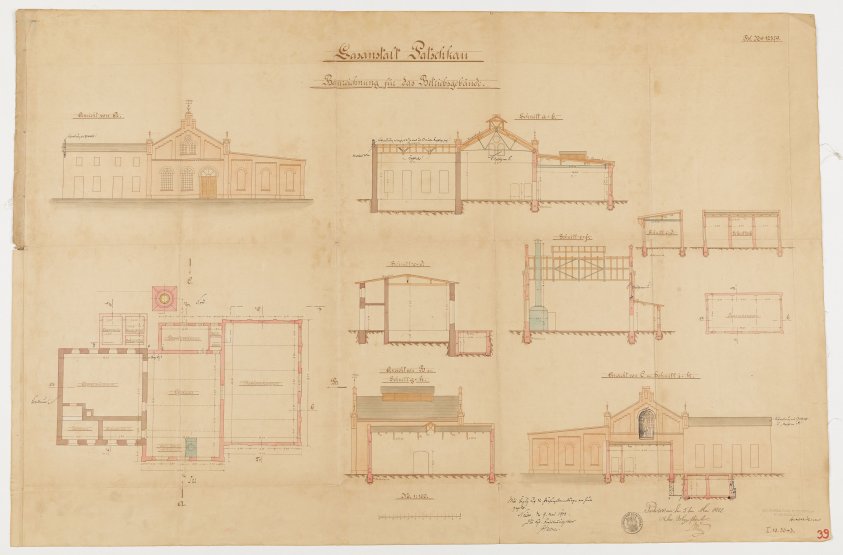
One employee was responsible for the upkeep of devices which removed contaminants from the gas, in order to make sure that the fuel delivered to end customers in the town did not carry undesirable compounds. It has to be acknowledged that in the past the matters of occupational health and safety were not high on the agenda, so there were incidents where people got injured or burnt, although never seriously. The work was hard and detrimental to the health of those working inside the plant.
So, we now have the generated gas stored in the gas holders. What happened to it next? What was it used for by the town residents?
Initially, the gas produced in Paczków was used to illuminate the streets located within the defensive walls.
So, we now have the generated gas stored in the gas holders. What happened to it next? What was it used for by the town residents?
Initially, the gas produced in Paczków was used to illuminate the streets located within the defensive walls.
The illuminating gas was supplied to a dozen or so gas lamps hanging outside buildings and ordinary street lamps. Later on, the gas began to power household appliances. As we mentioned previously, coal gas powered gas stoves and bathroom water heaters. In Paczków, the gas also heated one of the churches and the hospital. You may find it interesting to know that gas heaters continue to heat the interior of that very same church, while some devices are on display at the Gasworks Museum in Paczków.
In those days, gas was a real boon. It lit up towns, speeded up meal preparation, heated bath water and made homes pleasantly warm. So, what did Paczków’s residents think of it? Was it popular, or were they apprehensive when using it?
In those days, gas was a real boon. It lit up towns, speeded up meal preparation, heated bath water and made homes pleasantly warm. So, what did Paczków’s residents think of it? Was it popular, or were they apprehensive when using it?
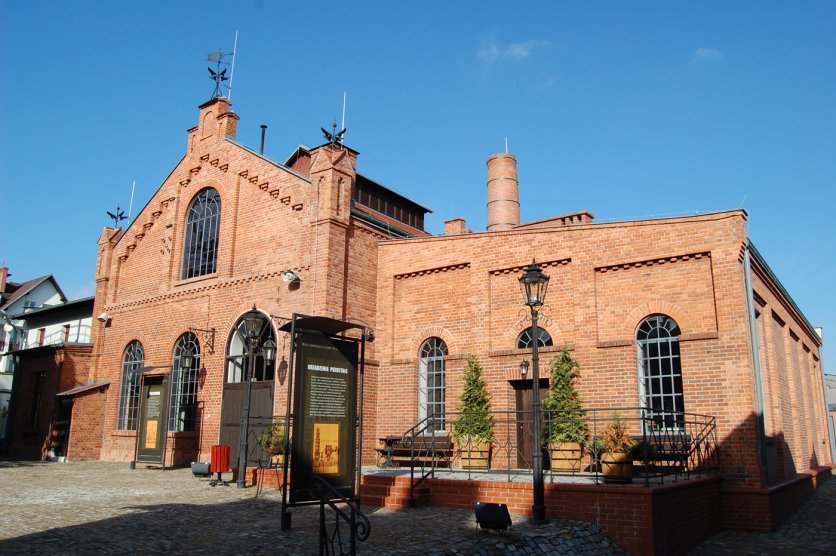
That’s exactly right, gas was a great godsend, because consumers who used gas for communal and domestic purposes were given the use of a fuel that did not create any smoke – this was very convenient and innovative for those times. At the same time, some people were concerned that gas was poisonous. Yes, it did contain carbon monoxide, and indeed Paczków and several other towns noted a few hazardous situations which resulted from the improper use of gas.
How did the municipal gasworks influence the development of Paczków?
The availability of gas was related to the development of housing.
How did the municipal gasworks influence the development of Paczków?
The availability of gas was related to the development of housing.
New buildings were being adapted to gas-powered appliances – stoves, bathroom water heaters, etc. Also, all boiler rooms built next to new buildings were prepared for gas use. At least until a certain point, the gas plant was advantageous for the development of the town.
However, in the first half of the 20th century, gas gained a serious contender in the form of electrical energy. How did gas compare to electricity?
I don’t know exactly what the economic ratio was between electricity and gas. However, we can’t dispute the fact that in some areas, electrical energy gradually began to replace gas.
However, in the first half of the 20th century, gas gained a serious contender in the form of electrical energy. How did gas compare to electricity?
I don’t know exactly what the economic ratio was between electricity and gas. However, we can’t dispute the fact that in some areas, electrical energy gradually began to replace gas.
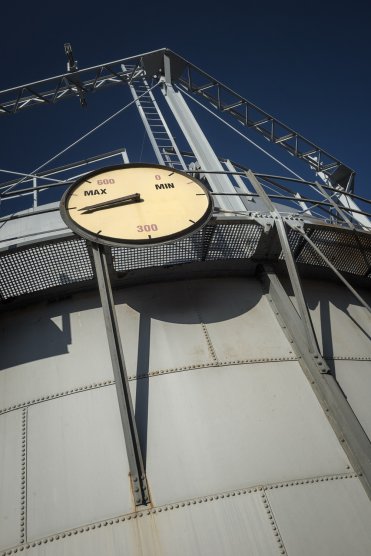
For example, gas street lamps were supplanted by electrical lamps. The situation was different in the case of household appliances. Gas cookers and bathroom water heaters continued to be widely used. Electricity was mostly used to illuminate homes.
In the end, the municipal gasworks in Paczków was forced to close. What was the deciding factor?
It seems to me that economic considerations had the biggest say. The growing number of houses and flats in Paczków made it necessary to provide them with increasing quantities of gas, and the existing gasworks had a limited production capacity. To meet this demand, the old gasworks would have to be expanded, and it was simply not profitable.
In the end, the municipal gasworks in Paczków was forced to close. What was the deciding factor?
It seems to me that economic considerations had the biggest say. The growing number of houses and flats in Paczków made it necessary to provide them with increasing quantities of gas, and the existing gasworks had a limited production capacity. To meet this demand, the old gasworks would have to be expanded, and it was simply not profitable.
At that time, the traditional gasworks were being decommissioned across the entire Opole region, and instead towns and cities were supplied with coke gas. As this solution was economically justified, the same happened in Paczków.
What were the last moments of Paczków gas plant?
This was a sad moment for the employees who had spent many years working together in the gasworks. Although they did not lose their jobs – their daily tasks were to be less burdensome – some had tears in their eyes. The final day of the plant came on 15 July 1977. I am unashamed to say that I extinguished the last coke cart (this coke is still stored in the museum today) with champagne.
What were the last moments of Paczków gas plant?
This was a sad moment for the employees who had spent many years working together in the gasworks. Although they did not lose their jobs – their daily tasks were to be less burdensome – some had tears in their eyes. The final day of the plant came on 15 July 1977. I am unashamed to say that I extinguished the last coke cart (this coke is still stored in the museum today) with champagne.

